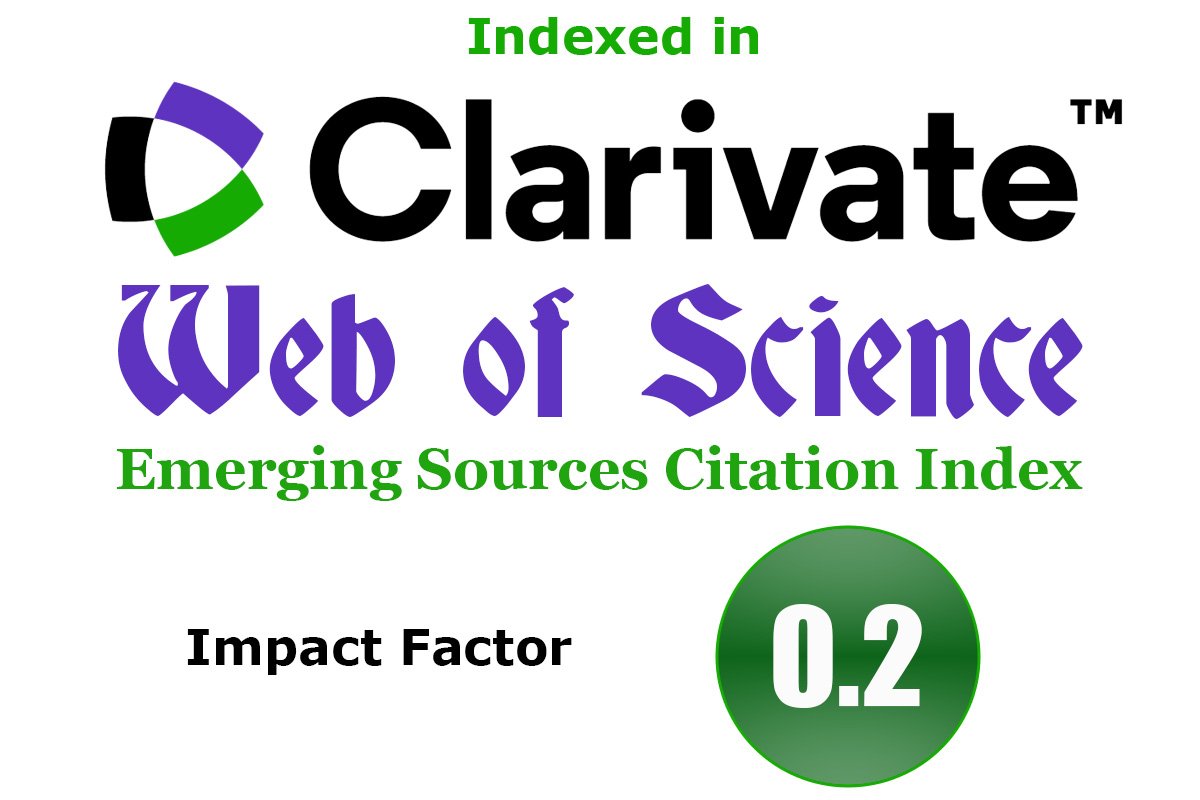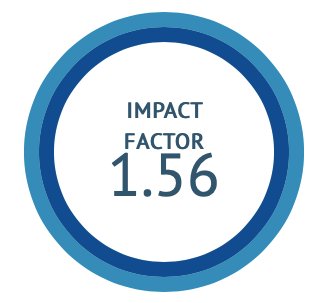Development and evaluation of Palasha (Butea monosperma lam.) twak ointment: A herbal remedy
DOI:
https://doi.org/10.47552/ijam.v16i1.5682Keywords:
Palasha Twaka, Butea monosperma Lam, Extraction, OintmentAbstract
Palasha, botanically identified as Butea monosperma Lam., belongs to the Fabaceae family and is commonly known as the "Flame of the Forest." It exhibits a range of therapeutic properties such as wound healing, diuretic, anthelmentic, anti-hemorrhoidal, and anti-inflammatory. Despite its varied uses globally, the procurement and preparation of Palasha twak avachurnana (dusting powder) remains a challenge. This study aimed to develop an effective Palasha (Butea monosperma Lam.) twak extract ointment. Palasha twak was authenticated and its physicochemical analysis was carried out at Central Research Facility, AYUSH Department approved, Ayurveda, Siddha, Unani Drug Testing Laboratory, Shri B M Kankanawadi Ayurveda Mahavidyalaya, Shahapur, Belagavi. Hydro-alcoholic extraction was carried out using a Soxhlet apparatus with 70:30 ethanol-water ratio, yielding 40 grams of extract from 150 kg of Palasha Twak powder., 0.5 gm and 1 gm of extract were mixed with 10 gm of ointment base to prepare 5% w/w and 10% w/w formulations. 10% w/w ointment was selected based on its physical characteristics. Results showed that the ointment had a dark brown color, a slightly astringent odour and a pH value of 6.40. The ash value was 8.316%, with no microbial load detected. The study concludes that developing ointments from herbal extracts like Palasha twak offers significant therapeutic and cosmetic benefits while being a cost-effective and environmentally friendly option for skincare.
Downloads
Published
How to Cite
Issue
Section
License
Copyright (c) 2025 International Journal of Ayurvedic Medicine

This work is licensed under a Creative Commons Attribution-NonCommercial-ShareAlike 4.0 International License.
The author hereby transfers, assigns, or conveys all copyright ownership to the International Journal of Ayurvedic Medicine (IJAM). By this transfer, the article becomes the property of the IJAM and may not be published elsewhere without written permission from the IJAM.
This transfer of copyright also implies transfer of rights for printed, electronic, microfilm, and facsimile publication. No royalty or other monetary compensation will be received for transferring the copyright of the article to the IJAM.
The IJAM, in turn, grants each author the right to republish the article in any book for which he or she is the author or editor, without paying royalties to the IJAM, subject to the express conditions that (a) the author notify IJAM in advance in writing of this republication and (b) a credit line attributes the original publication to IJAM.




